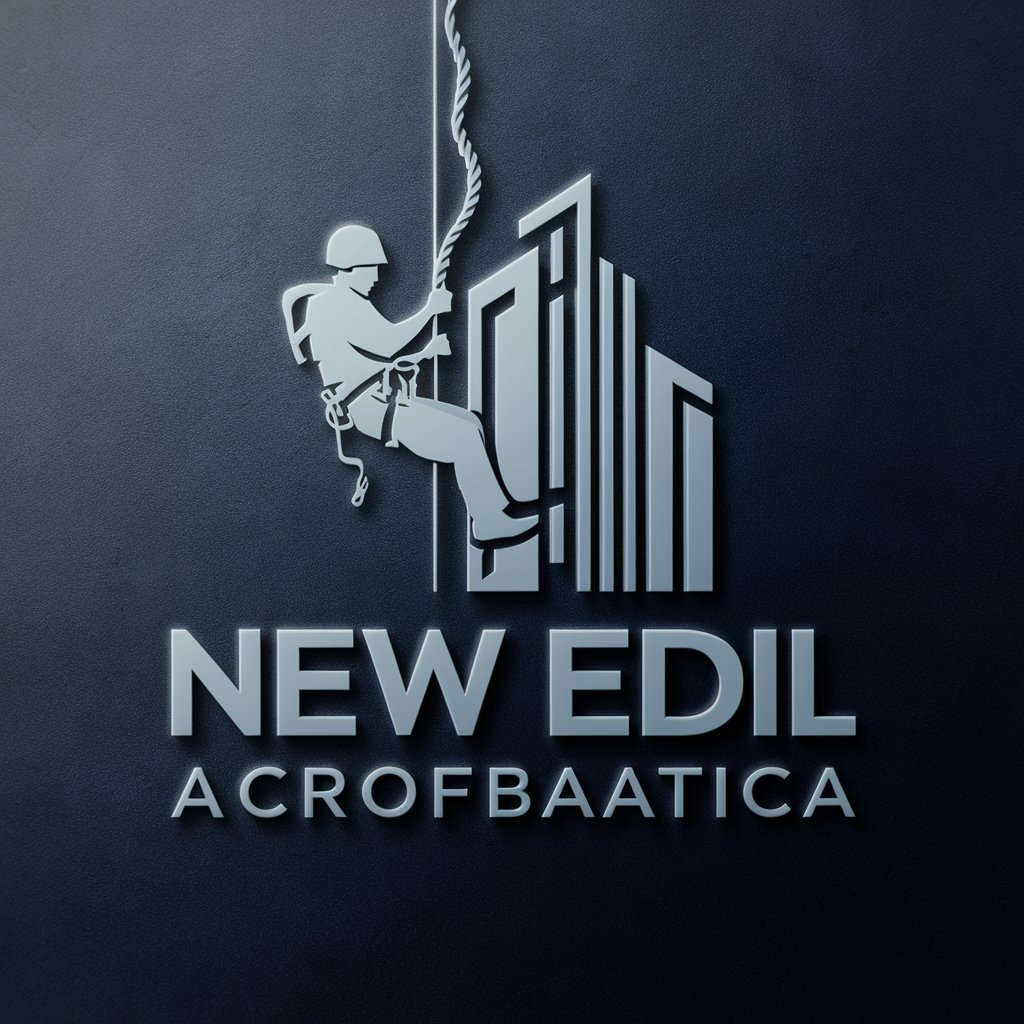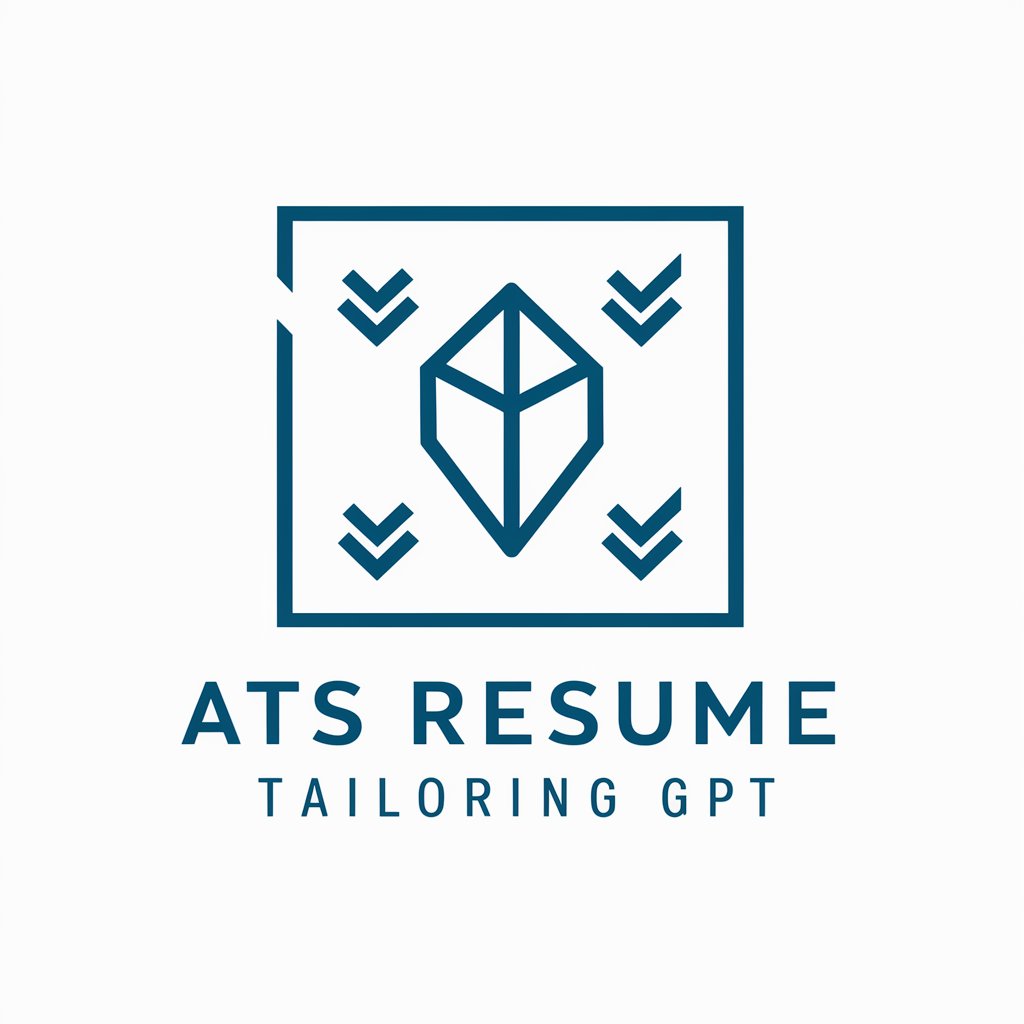
Value Proposition Canvas - strategic canvas for product-market fit

AI-powered tool for customer-driven value
Help me formulate a value proposition for my product.
Get started.
How do I create a stand out value proposition?
Could you guide me in drafting a concise value proposition?
Get Embed Code
Introduction to Value Proposition Canvas
The Value Proposition Canvas (VPC) is a strategic tool used to clearly define and align the value a product or service provides to its target customers. Its primary purpose is to ensure that there is a strong connection between what a business offers and what its customers truly need and desire. The VPC is composed of two parts: the **Customer Profile** (which helps businesses understand customer jobs, pains, and gains) and the **Value Map** (which outlines how the product or service addresses those jobs, alleviates pains, and delivers gains). It was designed as a complement to the Business Model Canvas by Alexander Osterwalder to refine and validate the value proposition of a product. For example, imagine a company developing a new fitness app. The Customer Profile might include 'busy professionals' who want to stay fit but have limited time (job), struggle with complex or lengthy fitness programs (pain), and seek quick, easy-to-follow workout plans (gain). The Value Map would show how the fitness app offers short, efficient workout routines, reducing the complexity of planning and making it easier to integrate fitness into a tight schedule, thereby addressing their pain points and delivering their desired gains. Powered by ChatGPT-4o。

Main Functions of Value Proposition Canvas
Clarifying Customer Needs and Jobs
Example
A food delivery startup uses the VPC to identify that their customers' primary job is 'getting a healthy meal quickly during work hours.' They also identify pain points like 'high prices' and 'long wait times,' and gains such as 'fast delivery under 30 minutes.'
Scenario
The startup refines their service by focusing on a specific target market (busy professionals) and ensures their offering includes a variety of affordable, healthy options that can be delivered quickly. This approach improves product-market fit and increases customer satisfaction.
Aligning Product Features with Customer Gains
Example
A SaaS company offering project management software uses VPC to discover that their target customers value 'efficient team collaboration' but feel frustrated by overly complicated interfaces in other tools.
Scenario
The company refines its product by simplifying its interface and highlighting features like real-time chat, shared task lists, and easy file sharing. This alignment of features with customer desires (collaboration and ease of use) leads to better user adoption and satisfaction.
Differentiating from Competitors
Example
An e-commerce platform specializing in eco-friendly products uses the VPC to understand that their customers not only seek convenience but also want to support sustainable brands. They identify that their competitors are lacking transparency about product sourcing.
Scenario
By emphasizing their transparent supply chain, highlighting eco-certifications, and promoting stories about their product origins, the platform builds stronger relationships with customers who value sustainability, thereby differentiating themselves in a crowded market.
Identifying and Addressing Customer Pains
Example
A fitness equipment brand uses VPC to pinpoint that their customers struggle with finding space to store workout gear in small apartments.
Scenario
The brand introduces foldable, compact equipment that solves this pain, making it easier for customers to work out at home without cluttering their living space. This pain-relieving feature becomes a key selling point in their marketing campaigns.
Optimizing Marketing Messaging
Example
A travel agency identifies that their customers, mostly working parents, are looking for 'family-friendly vacations' but are overwhelmed by options and fear choosing the wrong destination.
Scenario
The agency uses this insight to create targeted marketing messages emphasizing 'stress-free family vacation packages' with curated, kid-friendly options. This refined messaging resonates with the audience, leading to higher engagement and bookings.
Ideal Users of Value Proposition Canvas
Startups and Entrepreneurs
Startups benefit from the VPC as it helps them test and refine their business ideas. Entrepreneurs often face the challenge of validating their products before launch, and the VPC allows them to align their offerings with customer needs early in the process. This helps avoid costly mistakes and focus on building a product with a clear market fit.
Product Managers and Development Teams
Product managers use the VPC to ensure that their teams focus on building features that solve real customer problems. It helps them prioritize the development of high-impact features and avoid 'feature creep' by focusing only on what delivers value to the customer. Development teams use the VPC as a blueprint to ensure their work aligns with customer expectations.
Marketing Teams
Marketing professionals use the VPC to craft targeted messaging that resonates with their audience. By understanding customer pain points and desired gains, they can create campaigns that speak directly to those needs. This leads to more effective communications and higher conversion rates. For example, a marketing team at a B2B software company might use the VPC to discover that their customers are frustrated by slow onboarding processes, then craft content emphasizing their software’s fast setup times.
Established Businesses Seeking Innovation
Even mature companies can use the VPC when launching new products or revisiting existing ones. It helps them uncover new opportunities, improve their value propositions, and stay competitive in a changing market. For instance, a traditional retail brand looking to expand into e-commerce can use the VPC to identify gaps in customer experience and introduce features like free returns or same-day delivery that cater to online shopper expectations.
Consultants and Business Strategists
Consultants use the VPC as a framework to help their clients clarify and optimize their business models. By breaking down the customer’s needs and aligning them with business offerings, strategists can provide actionable insights for growth, differentiation, and value delivery. For example, a business consultant working with a struggling local restaurant might use the VPC to find that the restaurant's customers desire faster service and more healthy options, leading to strategic menu and process changes.

How to Use the Value Proposition Canvas
Visit yeschat.ai
Start by visiting yeschat.ai for a free trial. No login or ChatGPT Plus subscription is required to access the tool. This allows you to explore the Value Proposition Canvas features instantly.
Understand Your Product
Before using the canvas, clarify what product or service you are offering, its key features, and the target market. This foundational knowledge is crucial for filling in the canvas accurately.
Define Customer Segments
Identify your target audience's core demographics, preferences, and pain points. Use customer personas to specify their functional, emotional, and social needs.
Map Jobs, Pains, and Gains
List the customer’s 'Jobs-To-Be-Done' (tasks or problems they need solved), their pain points (negative outcomes they want to avoid), and gains (desired benefits). This helps align your offering with their needs.
Match Product Features to Needs
Link your product’s features, pain relievers, and gain creators to specific customer needs. Ensure the features you highlight directly address the pains and create measurable gains for your customers.
Try other advanced and practical GPTs
Economics Tutor
Master Economics with AI

Commerciale Edilizia
Streamline Commercial Communications with AI

BG
Translate with precision, speak with confidence.

Bulgarian Buddy
Master Bulgarian with AI Guidance

Bulgarian Trails
Explore Bulgaria Your Way with AI

compilation project helper
Streamlining your code compilation with AI

THE HOPPE EDUCATION
Empowering Learning and Emotional Wellness

ATS Resume Tailoring GPT
Craft Your Career with AI

Resume Tailoring Specialist
AI-powered Resume Tailoring for Any Job

Snowboard Rick
Master the Slopes with AI-powered Snowboarding Wisdom

Why Am I Here, What Should I do: Self-Guided Guru
Discover Yourself with AI

Kanji Challenger
Master Kanji with AI-powered guidance

Frequently Asked Questions About Value Proposition Canvas
What is a Value Proposition Canvas?
A Value Proposition Canvas is a strategic tool that helps businesses identify how their products or services align with their customers' needs. It enables companies to map out customer pains, gains, and jobs, and ensure their offering addresses them effectively.
How can I use a Value Proposition Canvas for product development?
By using the canvas, you can gain insights into your customers’ challenges and aspirations. This allows you to create features that solve their problems or enhance their experiences, guiding product development based on actual customer needs.
What are the key components of a Value Proposition Canvas?
The canvas is divided into two sections: the Customer Profile and the Value Map. The Customer Profile details customer jobs, pains, and gains, while the Value Map highlights how your product offers solutions (pain relievers and gain creators) that address these areas.
How does the Value Proposition Canvas help improve marketing strategies?
The canvas helps clarify what matters most to your customers, allowing you to tailor marketing messages that resonate with their needs and preferences. It ensures your marketing is customer-centric and highlights the specific benefits that will attract them.
Can I use the Value Proposition Canvas for competitive analysis?
Yes. The canvas helps you analyze your competitors by comparing how their offerings address customer pains and gains. It helps you identify gaps in the market and opportunities to differentiate your product.